

Join the Newsletter
Dive into quick, nutritious recipes, expert health tips, local food finds, and the latest in nutrition. Let’s explore healthier living together!
Say Goodbye to Diaper Rashes: Simple Tricks That Actually Work!
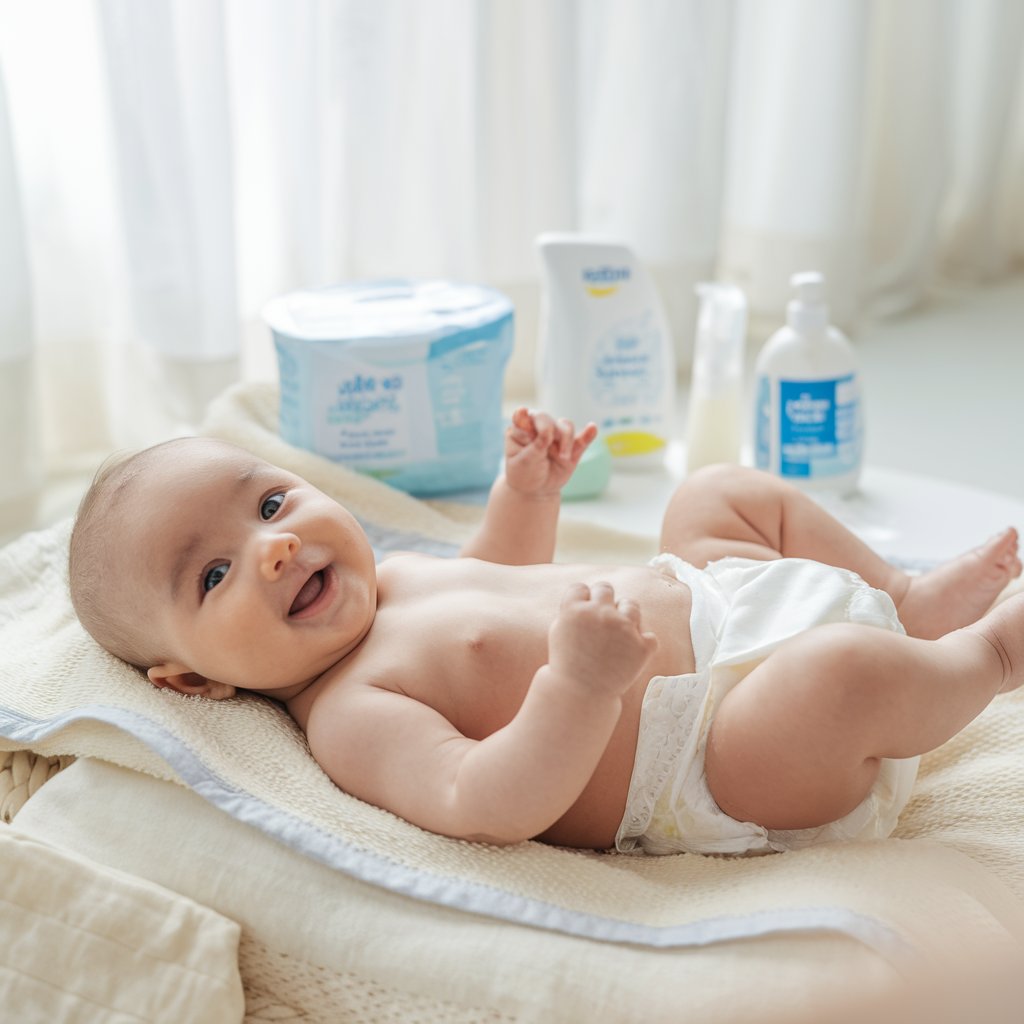
Affiliate Disclosure
Before reading this post, please be aware that some links in this article are affiliate links. This means that if you click on one of these links and make a purchase, we may earn a commission at no additional cost to you. We only promote products and services that we believe will be beneficial to our readers.
For more information, please read our full Affiliate Disclosure.
Introduction
Diaper rashes can be a nightmare for both parents and babies. However, by learning a few easy strategies, you can wave goodbye to those uncomfortable rashes. In this article, we’ll walk you through effective methods to prevent and treat diaper rash, so your baby can stay comfortable and happy.
What is Diaper Rash?
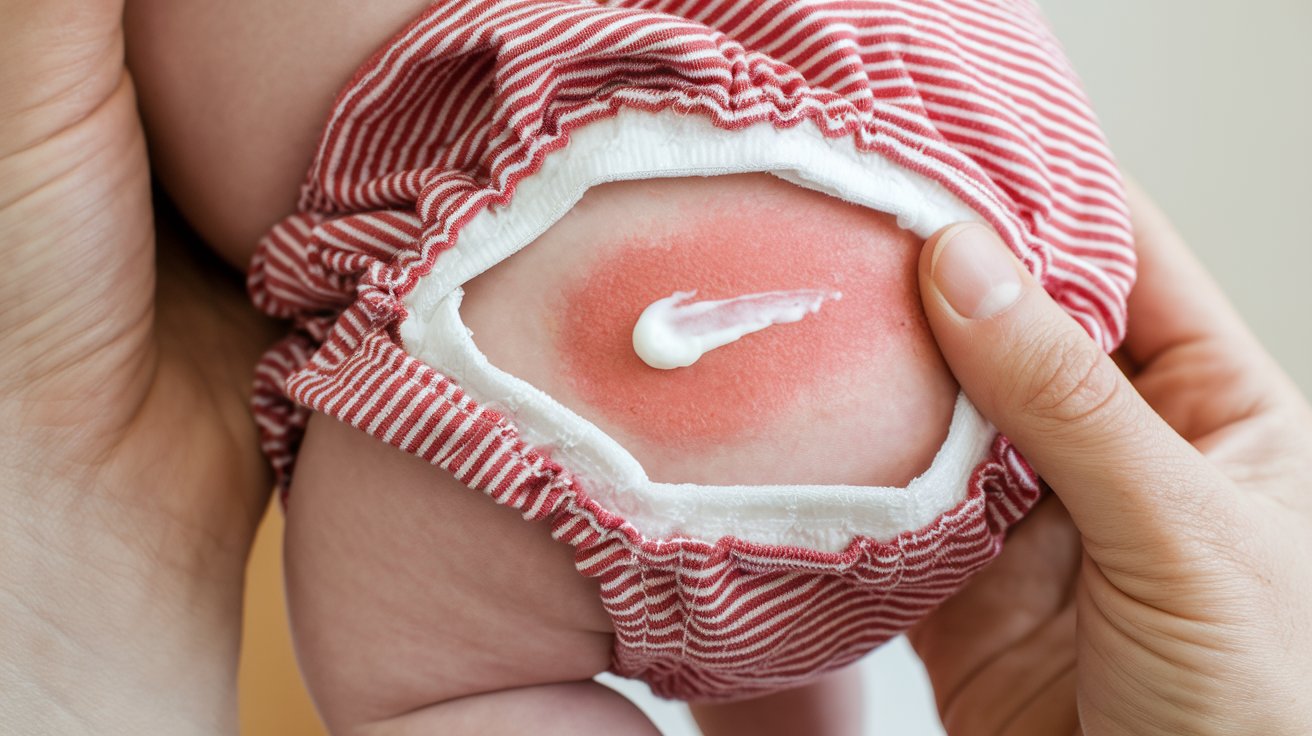
Diaper rash is a frequent skin issue that impacts the area covered by a diaper in infants. It appears as inflamed, red patches on the skin, often causing discomfort for your little one. Diaper rash can develop due to prolonged exposure to moisture, friction, or irritating substances like urine or stool.
Causes of Diaper Rash
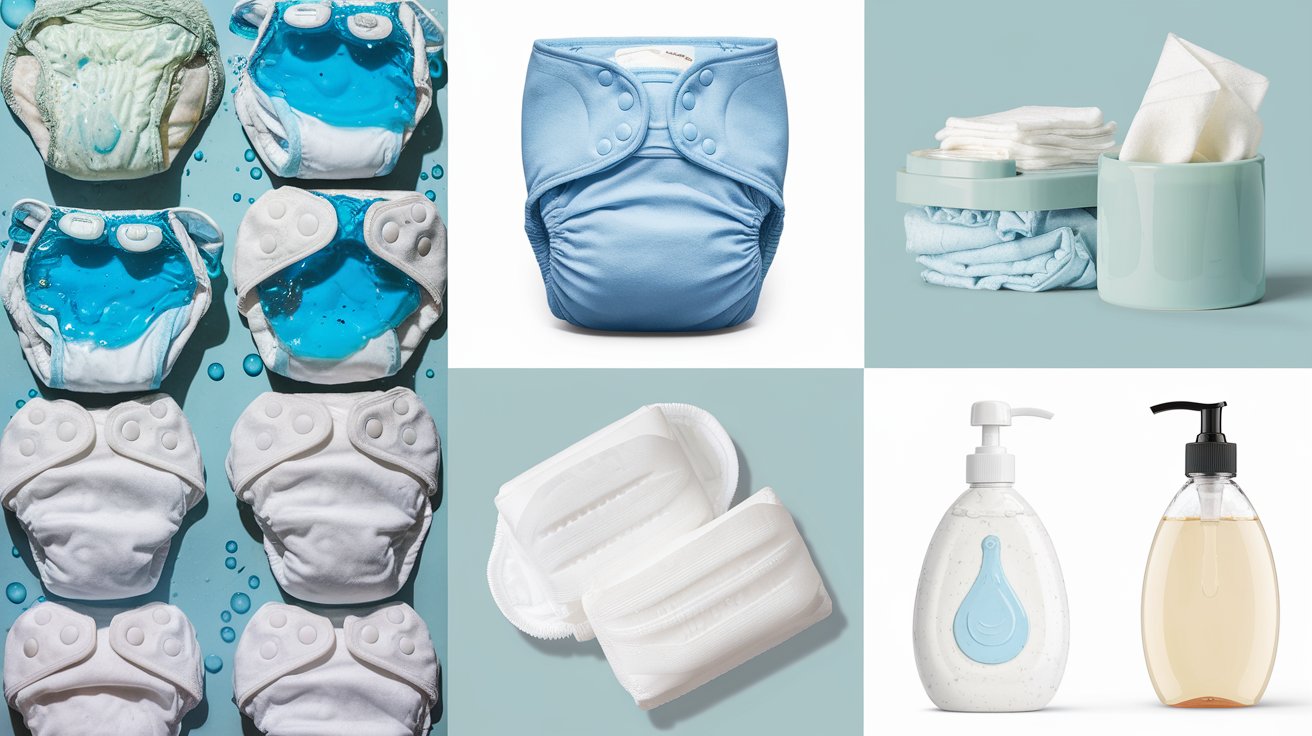
Several factors can lead to diaper rash:
- Wetness: When diapers aren’t changed frequently enough, moisture stays trapped against the skin.
- Chafing: Tight or ill-fitting diapers can rub against the skin, causing irritation.
- Sensitive skin: Babies with delicate skin may develop rashes more easily.
- Irritants: Soaps, wipes, or detergents with harsh chemicals may aggravate the skin.
- Infections: Warm, damp conditions in diapers can create an ideal environment for fungal or bacterial growth.
Recognizing Diaper Rash Symptoms
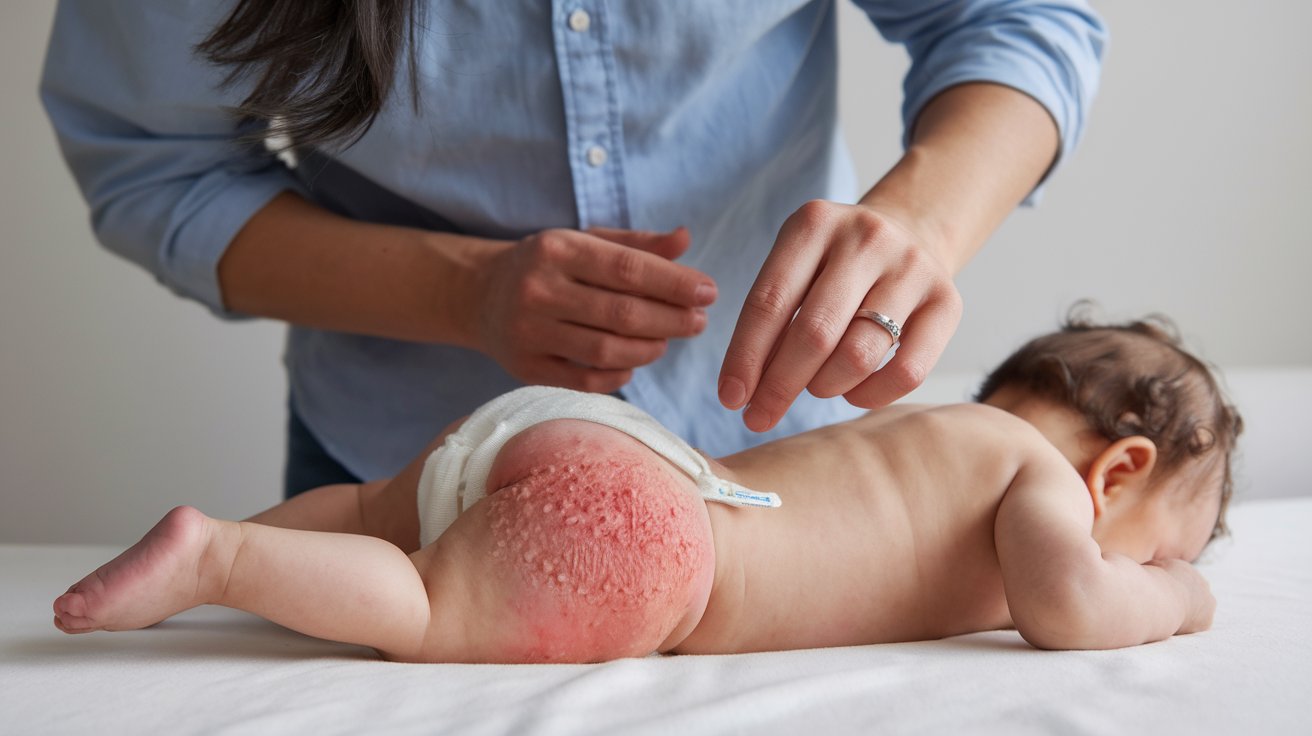
Early signs of diaper rash include redness and mild swelling in the diaper area. As the condition worsens, you may notice painful red patches or even blisters. It’s important to act quickly when these symptoms appear to prevent the rash from escalating.
Preventing Diaper Rash: Simple Tips
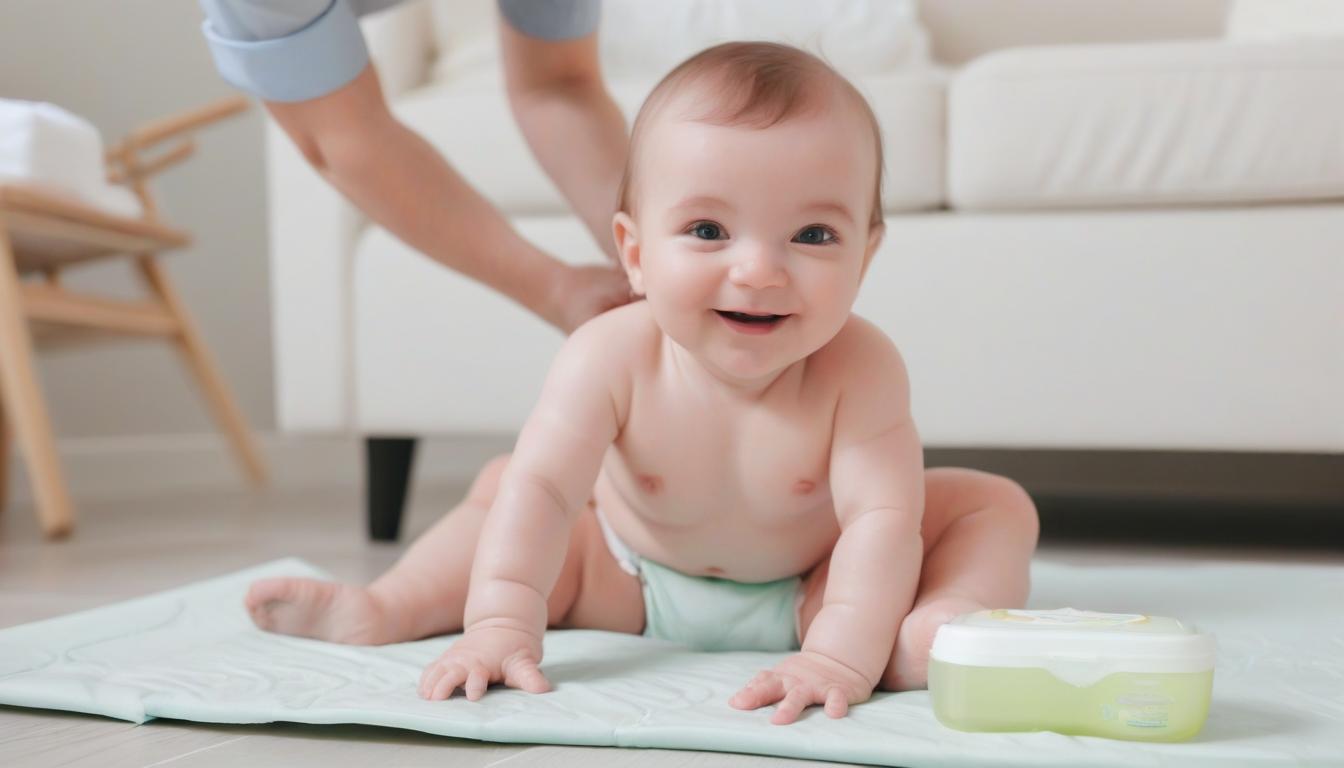
Choose the Right Diaper Type
When choosing between cloth and disposable diapers, consider what suits your baby’s skin best. Cloth diapers are gentler and don’t contain the chemicals often found in disposables, but they require proper washing to keep them hygienic. Disposable diapers are convenient and designed to wick moisture away from the skin, which helps prevent rashes.
Keep Your Baby’s Skin Dry
Keeping your baby’s skin dry is key to preventing diaper rashes. Make sure to change diapers as soon as they become wet or soiled. Allow the skin to air out for a few minutes between diaper changes to reduce moisture buildup.
Frequent Diaper Changes
To minimize the risk of diaper rash, change your baby’s diaper every two to three hours or whenever it becomes soiled. Leaving a wet diaper on for too long can lead to irritation.
Barrier Creams are Essential
Applying a protective cream like zinc oxide or petroleum jelly after every diaper change creates a barrier on the skin. This helps shield the skin from moisture and irritants.
Use Gentle Cleaning Products

When cleaning your baby’s bottom, use fragrance-free and alcohol-free wipes or a soft washcloth with warm water. Harsh chemicals can irritate the skin, making rashes worse.
Natural Home Remedies to Treat Diaper Rash

Coconut Oil
Coconut oil is known for its soothing and antimicrobial properties, making it a great natural remedy for diaper rash. Simply apply a thin layer to the affected area to moisturize and reduce inflammation.
Breast Milk
Believe it or not, breast milk can help heal diaper rashes! Apply a few drops directly to the rash, allowing it to dry naturally. The antibodies in breast milk can reduce irritation and speed up healing.
Oatmeal Baths
Adding oatmeal to your baby’s bathwater can relieve irritation and itching. Oatmeal has natural anti-inflammatory properties that can soothe red, irritated skin.
Aloe Vera Gel
Aloe vera is another natural remedy known for its skin-healing qualities. Gently rub a small amount of pure aloe vera gel onto the rash to help soothe and repair the skin.
Over-the-Counter Solutions for Diaper Rash
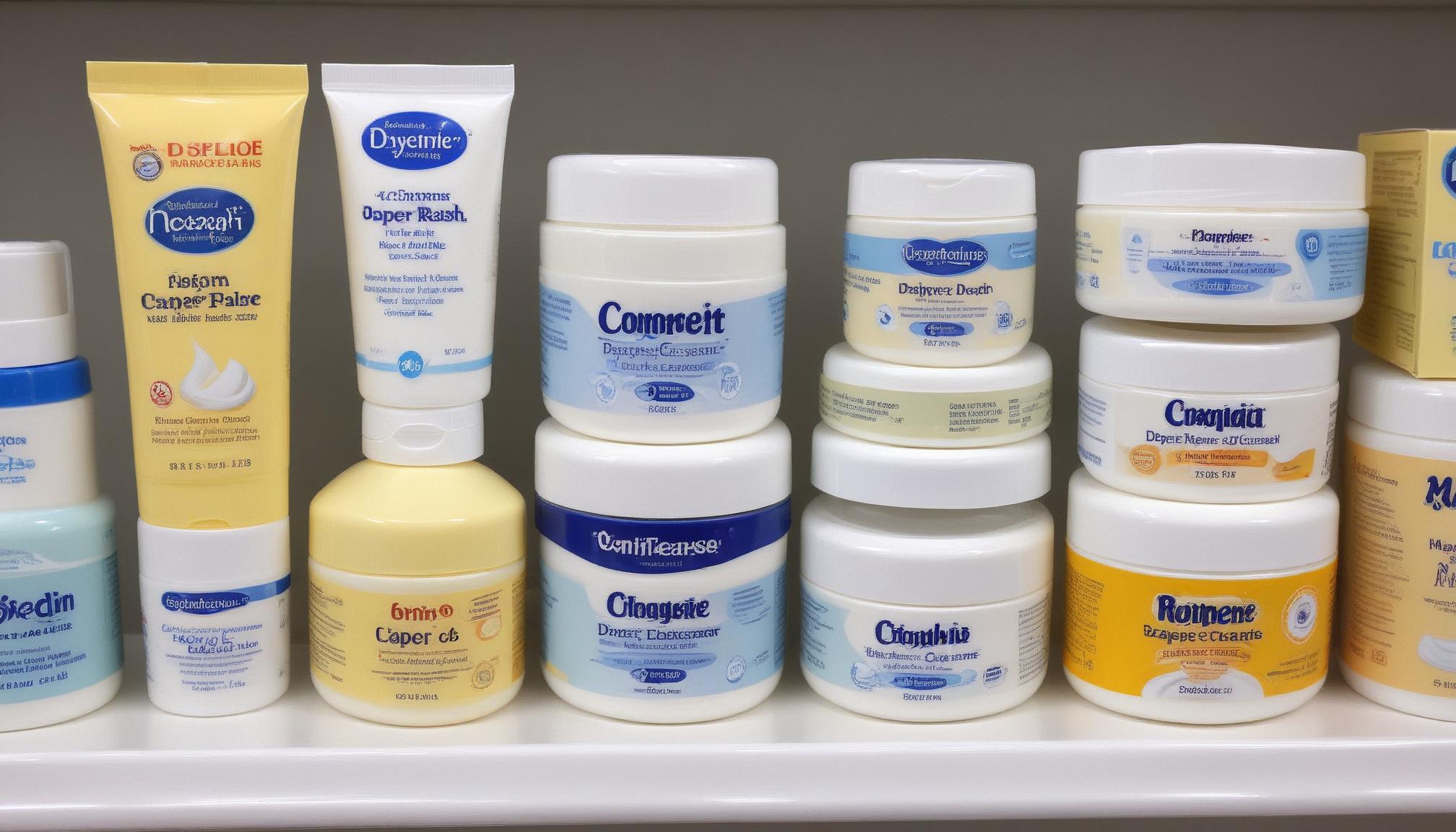
Diaper Rash Creams
Many diaper rash creams contain zinc oxide or petroleum jelly, which form a protective layer on the skin to prevent further irritation. These creams are a quick and effective solution for mild to moderate diaper rashes.
Hydrocortisone Creams
For more severe diaper rashes, hydrocortisone creams may be recommended. However, it’s important to consult with your pediatrician before using any steroid-based creams on your baby.
When to See a Doctor for Diaper Rash

If a diaper rash lasts more than a few days or worsens, it could be an indication of a fungal or bacterial infection. Look for signs like pus-filled bumps, a fever, or extreme discomfort. If any of these symptoms are present, it’s best to consult a healthcare provider.
Diaper Rash Prevention for Babies with Sensitive Skin

Fragrance-Free and Gentle Products
If your baby has sensitive skin, avoid using scented wipes, diapers, and detergents. Fragrance-free products are much gentler and less likely to cause irritation.
Diaper-Free Time
Giving your baby some diaper-free time during the day allows their skin to breathe, which can help prevent rashes. Even a few minutes of fresh air can make a big difference.
Avoid Tight Diapers
Tight diapers can cause friction and trap moisture, leading to skin irritation. Make sure the diaper fits snugly without being too tight to prevent chafing.
Dealing with Persistent Diaper Rashes
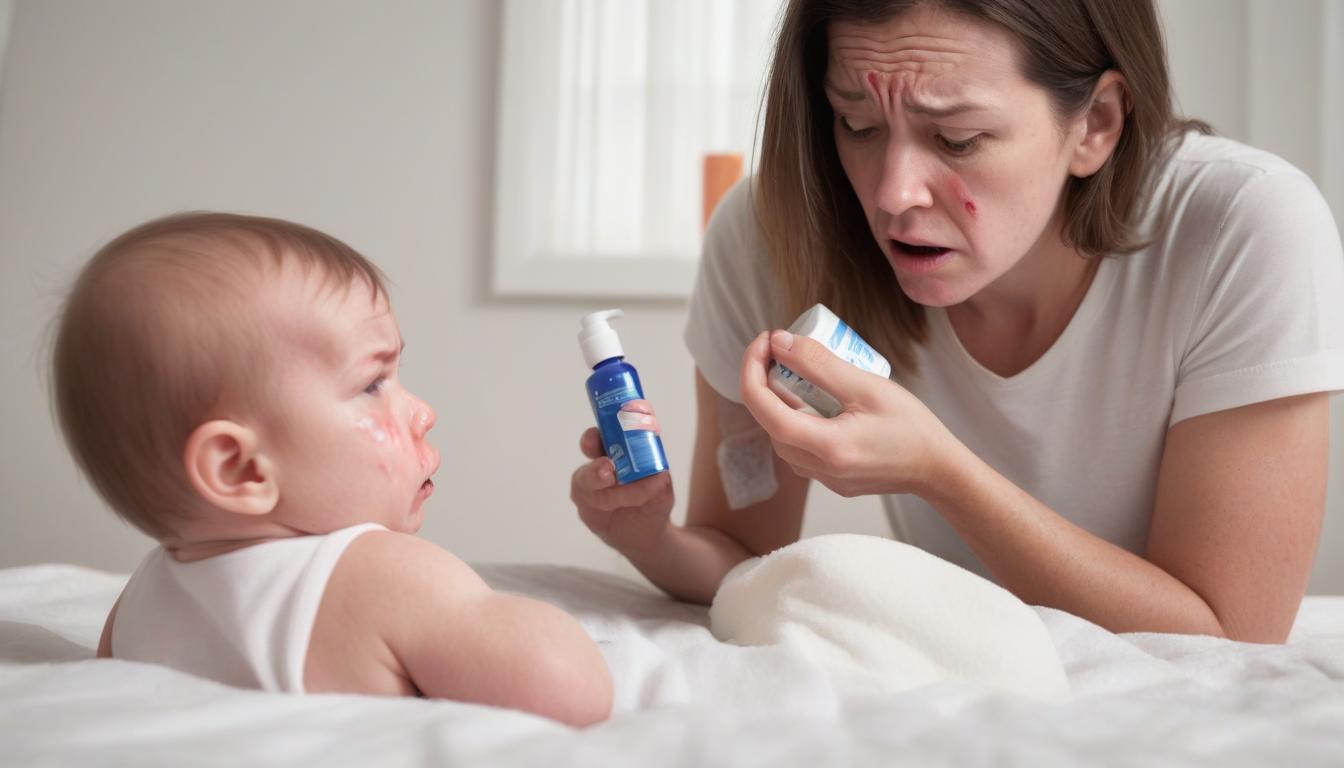
Fungal or Bacterial Infections
If a diaper rash persists despite your best efforts, it may be due to a fungal or bacterial infection. These infections require specialized treatment, such as antifungal or antibiotic creams prescribed by a doctor.
Allergy-Induced Rashes
Some diaper rashes are caused by allergic reactions to materials in diapers, wipes, or even the baby’s diet. Identifying and removing the allergen is key to resolving the rash.
Conclusion
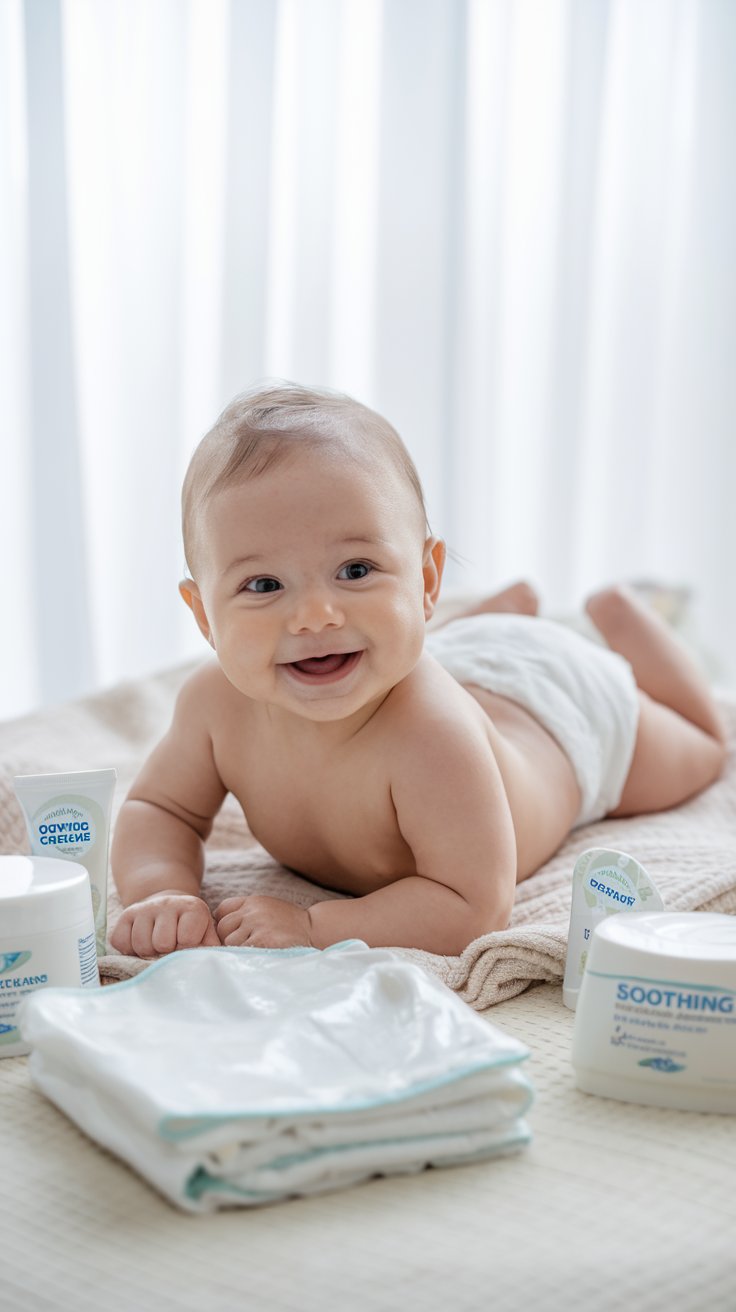
Diaper rashes can be frustrating, but they don’t have to be a regular part of your baby’s life. By keeping your baby’s skin dry, changing diapers often, using barrier creams, and being mindful of irritants, you can prevent and treat diaper rashes with ease. And if the rash doesn’t go away, don’t hesitate to seek medical advice.
FAQs
What is the most effective way to prevent diaper rash?
The best way to prevent diaper rash is to keep your baby’s skin dry, change diapers frequently, and apply a protective barrier cream regularly.
Can a baby’s diet cause diaper rash?
Yes, certain foods can affect the acidity of a baby’s stool, leading to diaper rash. If your baby starts developing rashes after a dietary change, it could be related.
What is the typical duration for a diaper rash to resolve?
With proper care, a diaper rash should improve within three to five days. If it doesn’t, you may need to consult a pediatrician.
Are natural remedies effective for diaper rashes?
Natural remedies like coconut oil, breast milk, and aloe vera can be effective for mild diaper rashes. However, if the rash worsens or doesn’t improve, seek medical advice.
When should I see a doctor for a diaper rash?
If the rash doesn’t improve after a few days or shows signs of infection, such as blisters or fever, consult a doctor for further evaluation and treatment.

Welcome to Merge Blog!
Dive into quick, nutritious recipes, expert health tips, local food finds, and the latest in nutrition. Let’s explore healthier living together!

I’m Divya Bharathi, the person behind MergeBlog. I’m a passionate food enthusiast sharing simple, nutritious recipes and tips for a balanced lifestyle. Join me on this delicious journey!
Divya Bharathi
SUBSCRIBE & FOLLOW
MUST-READ ARTICLES
Join the Newsletter
Dive into quick, nutritious recipes, expert health tips, local food finds, and the latest in nutrition. Let’s explore healthier living together!



